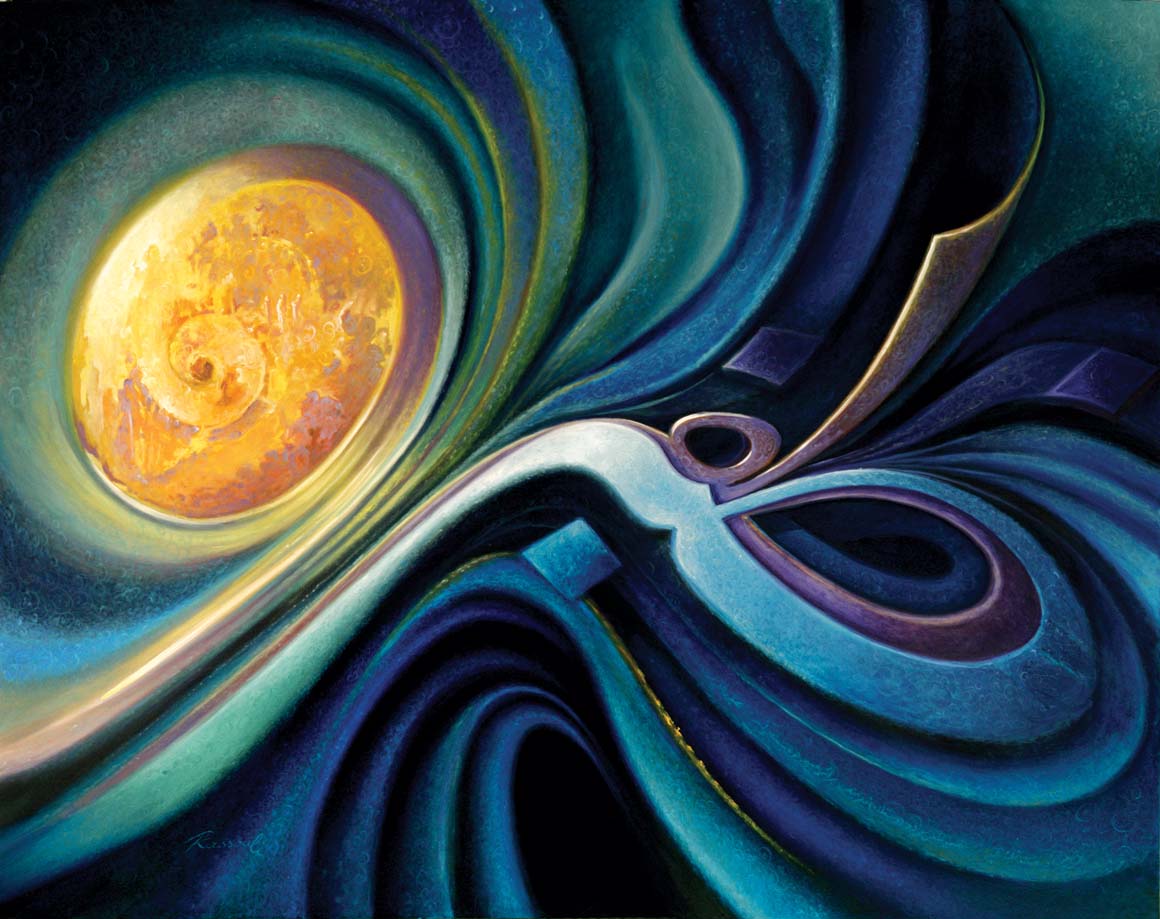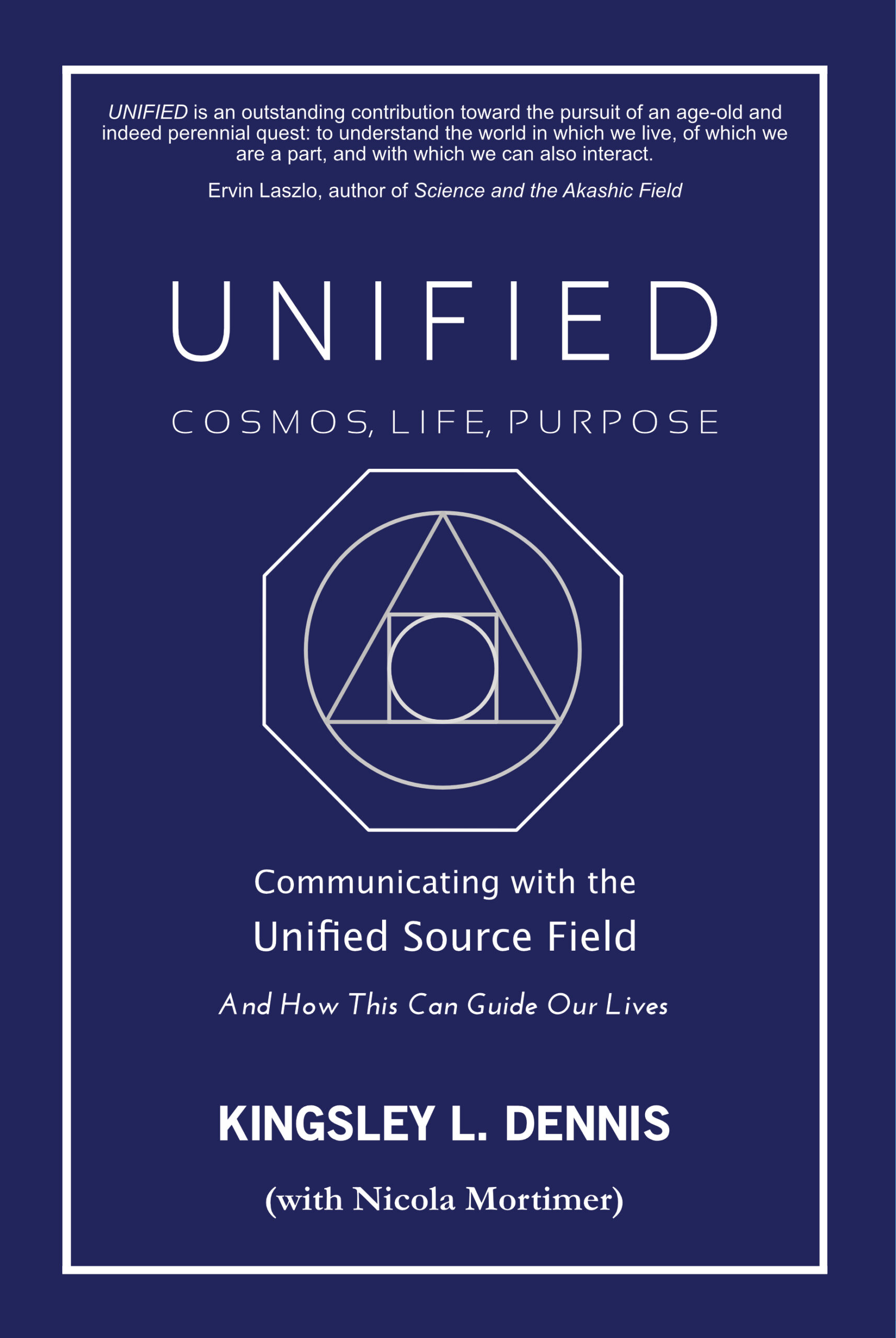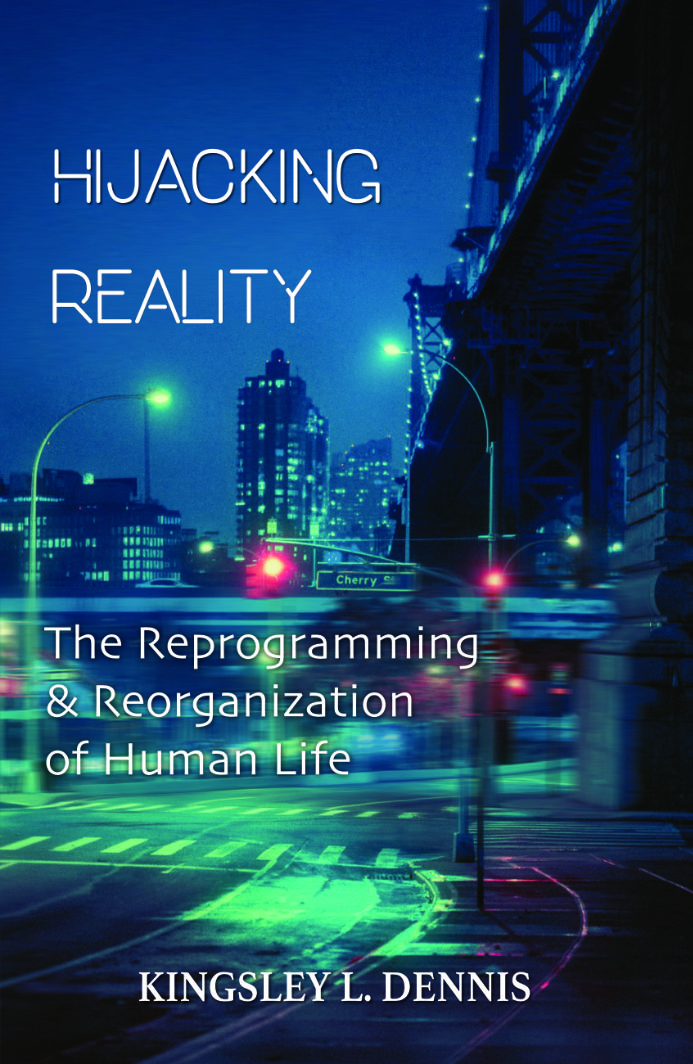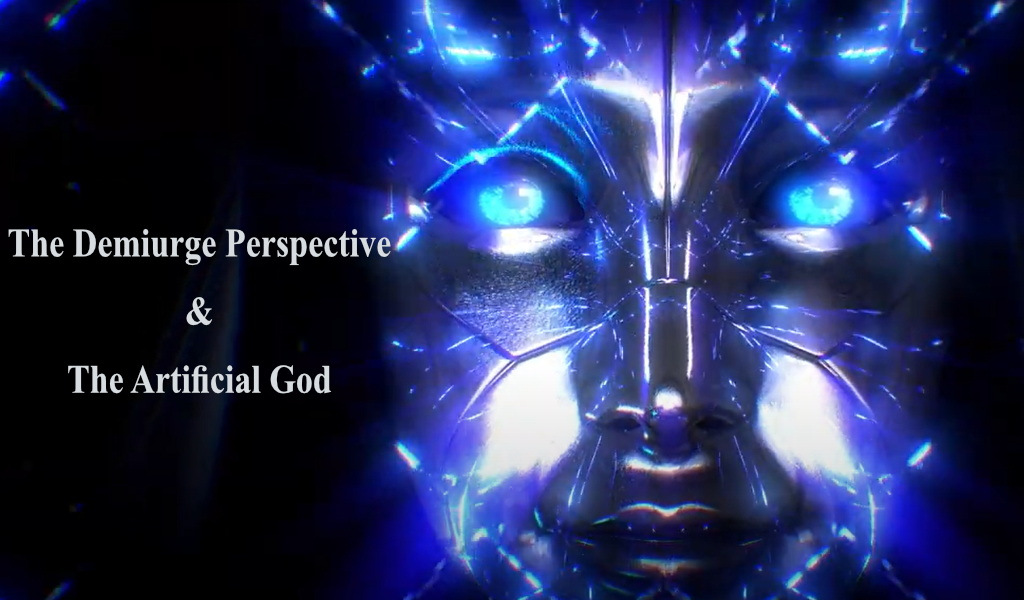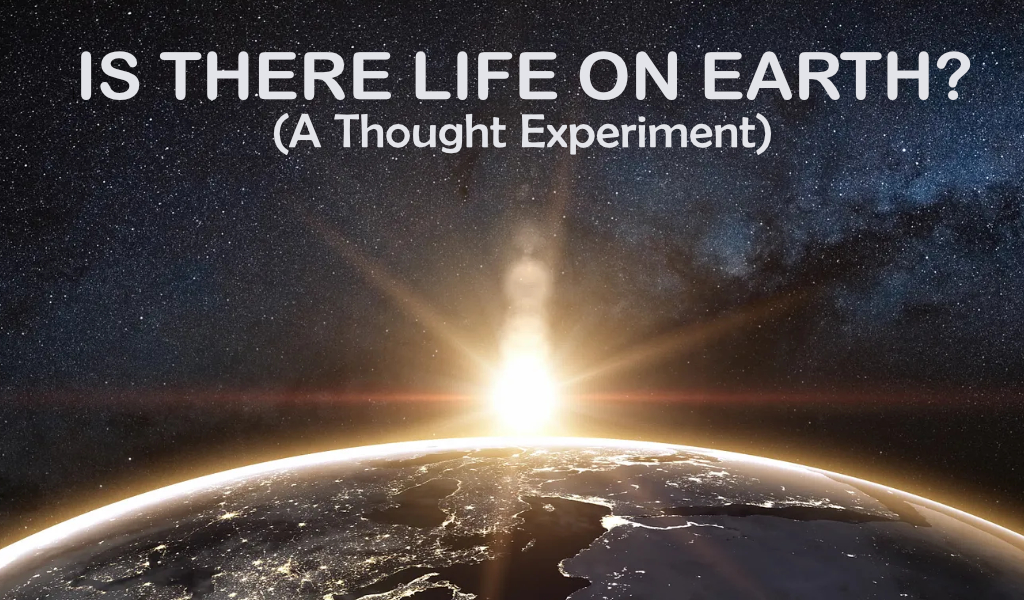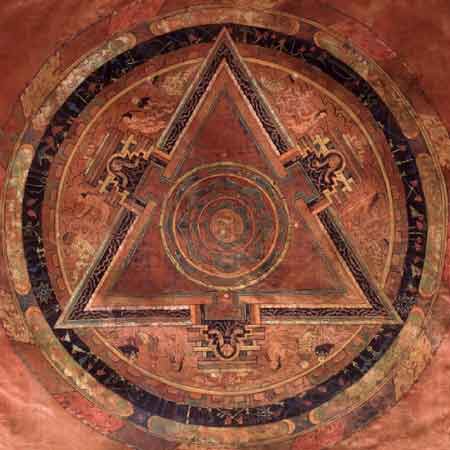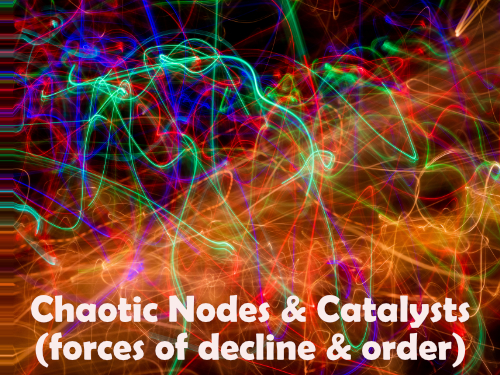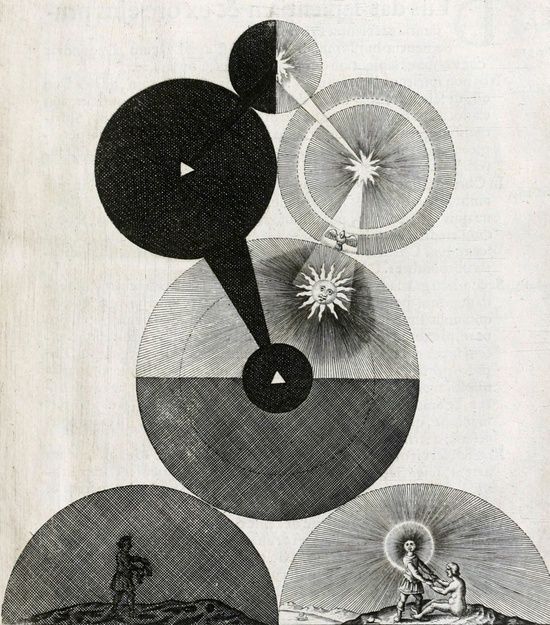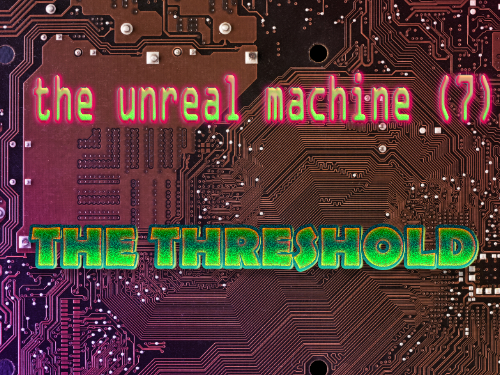‘I am not of the East, nor of the West/Not of the land, not of the sea/Neither of this world, nor of the next/My place is placeless, my trace traceless.’
Rumi
What the opening quote by Rumi hints at is that our true dwelling place does not exist in any physical location but is an integral part of a Reality that is placeless. However, as we currently exist in a physical time-place reality, it appears we are faced with a conundrum. In the first essay of this trilogy According to this perennial path, or tradition, the human being is normally cut off from contact with objective, genuine Reality, and only perceives upon a limited, restricted wavelength. The result of this is that we generally end up perceiving secondary effects and considering them as primary. Another aspect shared between the perennial traditions is that humankind is psychologically unbalanced – afflicted with dis-ease – as people are unable to perceive not only who they really are but also what the truth of their situation is. One philosopher directly referred to this as the terror of the situation.[iii] Common language often used in this respect is to refer to humanity as being largely ‘blind’ or ‘asleep’ because its latent, higher capacity is underdeveloped. In the same context, the development of the necessary perception is often referred to as ‘awakening,’ and it is to the science of awakening that such perennial traditions, regardless of their external name, have addressed. In some respects we are at the mercy of our psyche, which is critical to the notion of an integral self. The human psyche has, in relatively modern times, operated through a predominant linear processing that tends to view the external world in terms of separate, non-connected events. It is a manner of perception which has cut us off from a much broader spectrum of relations and has contributed to a system of thought – including science, religion, morality, ethics, and more – that is, to put it simply, restricted and constricting. The human heritage of a whole, integral perspective has been denied to the majority of us during the recent history of our species. It is for this reason that many ancient teachings include stories, tales, allegories, and similar mediums that serve to stimulate left-right brain functioning, from which integral perspective – or consciousness – is activated. According to philosopher and linguist Jean Gebser, who studied the structures of human consciousness, we have recently shifted from a mental period of consciousness (which he associates with the ‘decline of the West’) towards an integral structure of consciousness. This new integral consciousness brings with it a new relationship to space and time. Given our current state of global technologies – our instant communications and connectivity – then this would appear a prescient prediction. Our perception of events in space and time is now broadened to encompass a planetary perspective and a ‘longer term’ view that understands the need for ecological maintenance as well as the longevity of the human species. This latter issue is now emerging in recent enterprises that seek to place a human colony on Mars[iv], space tourism[v], as well as the mining of off-planet resources. This integral consciousness, I propose, is shifting human perceptions from a linear, horizontal model into a more spatial awareness. Of course, this is not a recent phenomenon. Since the dawn of humanity the human species has been staring into the starry heavens and imagining all kinds of wonders and gods. Yet the modes of prior consciousness structures were not compelled toward conscious participation. The stars and heavens whirled in their orbits beyond the capacity for human participation. Prior structures of human consciousness, despite immense creative imagination, remained largely within a ‘horizontal’ perspective which depicted the primary relationship as between the individual and its environment (society/Nature), as the following diagram illustrates: Individual/Humanity <——————————–> Society/Nature Such a linear, horizontal model relationship reflected a limited perspective. Whilst the human mind recognized, analyzed, and interpreted the cosmos, it did not particularly feel a kinship with it. We did not possess a participatory consciousness. The integral mode of consciousness that is now becoming more dominant – within a techno-cultural global civilization – recognizes a wider temporal-spatial spectrum. We could, to use a well-known phrase, refer to this as activating a ‘cosmic consciousness.’ That is, a perspective which perceives that humanity is not, and never has been, separated or cut off from a cosmic context. Thus, the relationship can be interpreted, albeit crudely, as:
This integral relationship is at the same time more vertical and at once more spatial. It not only accurately represents an integral consciousness but also the perspective that has long been offered by the perennial wisdom traditions. The perennial traditions have operated over millennia within a more expansive understanding of reality; one that offers a perspective that is more profound in temporal-spatial scale. For this reason, they are conversant with a range of perception far beyond the limited zone of regular human perception, which is considered as being limited and restrictive. This limited spectrum of human perception precludes the experience of a significant dimension of reality, with which the perennial traditions are concerned. Such traditions recognize that there are purposeful correspondences between patterns and processes in the cosmos, and events and happenings (impacts) here upon the terrestrial Earth. Furthermore, the perennial traditions work with the balance and harmony between that which is transcendent and that which is terrestrial – between the ‘above’ and the ‘below’; between the ‘inner’ and the ‘outer.’ Where there is no harmony – no grace – there is no true correspondence. According to the perennial wisdom traditions, a system of correspondences links together not only the cosmos with our own earthly existence but also various dimensions of reality that operate imperceptible to the undeveloped human being. The core teaching of the perennial tradition is one of human development. That is, it is a body of knowledge that lives through humans, and is transmitted through humanity and human culture – notions of mysticism, spirituality, or of religion are simply its overt forms or vehicles of transmission. And yet the transmission deals with a capacity inherent within humanity and not as something that exists outside of humanity. The Perennial Tradition works as much through socio-cultural transmission as it does through cognitive transmission: a fact that explains why the Perennial Tradition can be seen as a cultural phenomenon, with a historical lineage, as well as a distinct psychological science. It can also be said that the Perennial Tradition, and the people who function within it, are engaged in an evolutionary activity. The Perennial Tradition evolves within people, and by evolving it helps people to evolve. We can say that this activity can be seen to operate through the following stages: The first stage – Awareness – is concerned with being attentive to our various conditionings and the multiple false personalities we exhibit. This stage requires focused and sincere self-examination and observation. The second stage – Preparation – deals with developing our capacity to receive. By this it is meant that a person is required to ‘undress’ themselves from the distracting acquisitions of everyday life; such as opinions, useless thoughts, acquired attitudes, etc. The third stage – Perception – is received according to the capacity of the individual. It is known as Truth – there is no room for belief, or other secondary features. Of this, nothing more can be said. These above stages, as aspects of the Perennial Tradition, constitute elements in the path of human development. These aspects have taken various forms, or patterns, throughout the ages and adapt to socio-cultural circumstances. However, at their core they remain consistent, and effective. The Tradition operates to refine human consciousness so that it may function along the lines of an integral, participatory consciousness. This then corresponds to the development of an integral self within the individual human being. The perception gained from an integral perspective is an evolutionary one, and its vista is concerned with the ‘long tail’ of human development upon this planet, granting the individual a unique perspective vis-à-vis the long term future on a cosmic scale. As mentioned earlier in this essay, this has been referred to as activating a grander temporal-spatial perspective which perceives that humanity is not, and never has been, separated or cut off from a cosmic context. An evolved human being – an integral human – is both a necessity as well as an inherent part of our human potential. The Perennial Traditions exist – have always existed – in order to serve this purpose. The question, however, has been whether the individual chooses to seek their guidance. [i] The Interior Life – https://kingsleydennis.com/the-interior-life/ [ii] The Visionary Path – https://kingsleydennis.com/the-visionary-path/ [iii] A phrase used by the Greek-Armenian mystic G.I. Gurdjieff. [iv] See SpaceX and the intention of its founder Elon Musk to colonize Mars [v] For example, Virgin Galactic and SpaceX

